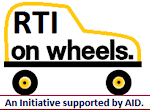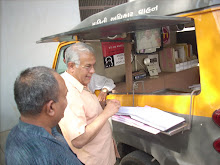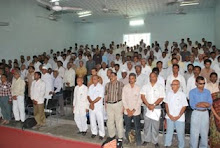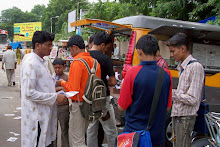Times of India: Gurgaon: Monday, 25 August 2025.
Just 17% — 48 of 281 industrial units in the city have sought or obtained clearance to extract groundwater, an RTI reply has found, raising questions on how the remaining 233 units are meeting their water requirements.
Activists say most industrial units in the city are engaged in manufacturing, construction, and commercial operations that draw heavily on groundwater.
The units that haven't sought permission for extracting groundwater aren't on the civic authority's pipeline supply list a likely sign of illegal use, officials said.
"The data shows how casually industries are drawing groundwater in Gurgaon without even basic compliance. If authorities can't enforce their own rules in an over-exploited zone, this crisis will spiral out of control," said Varun Gulati, the environmentalist who filed the right-to-information query.
According to the Aug 18 RTI reply by the Haryana Water Resources Authority (HRWA), 29 industrial units in the city have permission to extract groundwater, and applications for 19 more are pending. HWRA, citing a 2021 govt order and provisions of the RTI Act, withheld the names of defaulting units, but confirmed that block-wise data was publicly available on its website.
On concerns about illegal extraction, a senior HWRA official said on Sunday, "We have been repeatedly urging industries to obtain clearances and switch to sustainable water sources. The over-exploited status of Gurgaon blocks is a serious concern, and we are stepping up monitoring and enforcement to curb illegal extraction."
TOI reported in Feb that 43,262 hectare-metres (HAM) of groundwater was extracted in Gurgaon last year, more than double the amount considered sustainable for the district. Most blocks within Gurgaon are already categorised as "over-exploited", with water tables in some areas sinking around a metre in just a year. "This is a classic case of weak enforcement. As long as industries keep drawing water unchecked and alternatives like rainwater harvesting or treated water reuse remain underused, the aquifers will keep collapsing," a senior hydrogeologist who works with the govt said.
Experts say Gurgaon's water stress mirrors the larger crisis across Haryana, where 88 of 143 administrative blocks are over-exploited and 47% of villages are classified as water stressed. The state's overall extraction rate stands at 136% of its recharge capacity.
The state had announced an Integrated Water Resources Action Plan (IWRAP) to halve the projected groundwater deficit by 2027 through stricter monitoring, industrial reuse and large-scale rainwater harvesting. But for Gurgaon, where aquifers are already in the red, the question is whether these steps can keep pace with the rate of depletion.
Just 17% — 48 of 281 industrial units in the city have sought or obtained clearance to extract groundwater, an RTI reply has found, raising questions on how the remaining 233 units are meeting their water requirements.
Activists say most industrial units in the city are engaged in manufacturing, construction, and commercial operations that draw heavily on groundwater.
The units that haven't sought permission for extracting groundwater aren't on the civic authority's pipeline supply list a likely sign of illegal use, officials said.
"The data shows how casually industries are drawing groundwater in Gurgaon without even basic compliance. If authorities can't enforce their own rules in an over-exploited zone, this crisis will spiral out of control," said Varun Gulati, the environmentalist who filed the right-to-information query.
According to the Aug 18 RTI reply by the Haryana Water Resources Authority (HRWA), 29 industrial units in the city have permission to extract groundwater, and applications for 19 more are pending. HWRA, citing a 2021 govt order and provisions of the RTI Act, withheld the names of defaulting units, but confirmed that block-wise data was publicly available on its website.
On concerns about illegal extraction, a senior HWRA official said on Sunday, "We have been repeatedly urging industries to obtain clearances and switch to sustainable water sources. The over-exploited status of Gurgaon blocks is a serious concern, and we are stepping up monitoring and enforcement to curb illegal extraction."
TOI reported in Feb that 43,262 hectare-metres (HAM) of groundwater was extracted in Gurgaon last year, more than double the amount considered sustainable for the district. Most blocks within Gurgaon are already categorised as "over-exploited", with water tables in some areas sinking around a metre in just a year. "This is a classic case of weak enforcement. As long as industries keep drawing water unchecked and alternatives like rainwater harvesting or treated water reuse remain underused, the aquifers will keep collapsing," a senior hydrogeologist who works with the govt said.
Experts say Gurgaon's water stress mirrors the larger crisis across Haryana, where 88 of 143 administrative blocks are over-exploited and 47% of villages are classified as water stressed. The state's overall extraction rate stands at 136% of its recharge capacity.
The state had announced an Integrated Water Resources Action Plan (IWRAP) to halve the projected groundwater deficit by 2027 through stricter monitoring, industrial reuse and large-scale rainwater harvesting. But for Gurgaon, where aquifers are already in the red, the question is whether these steps can keep pace with the rate of depletion.















































































